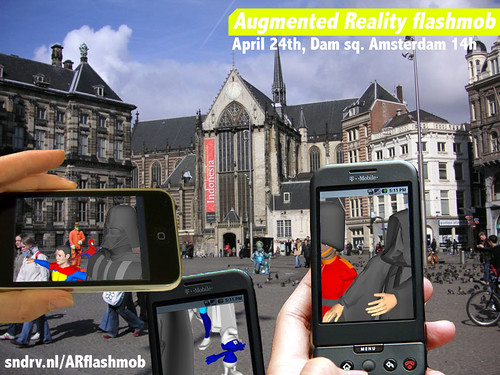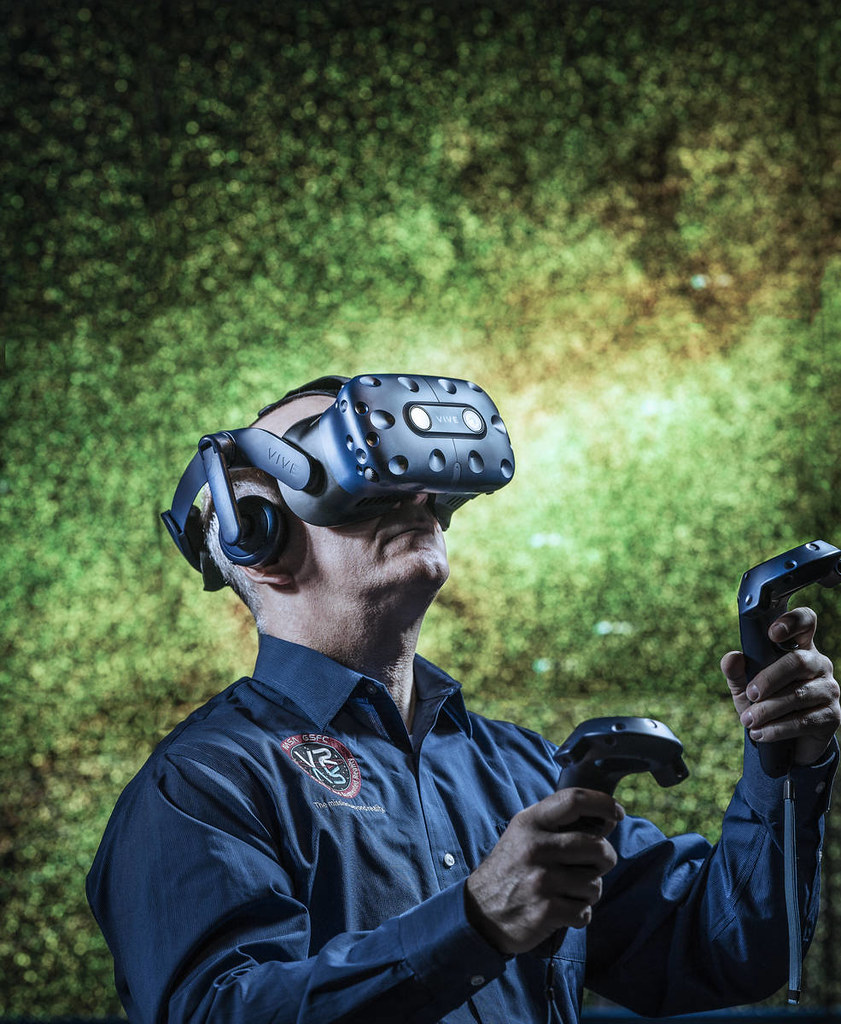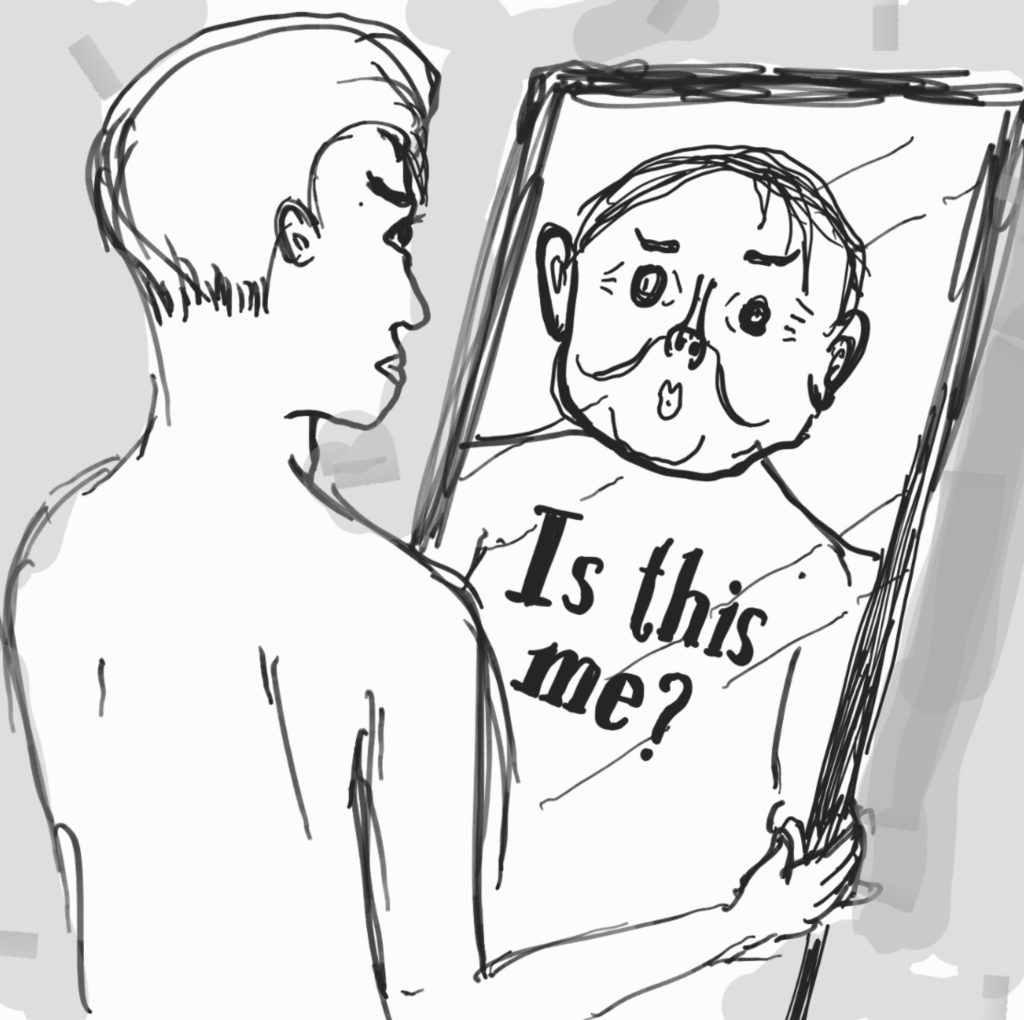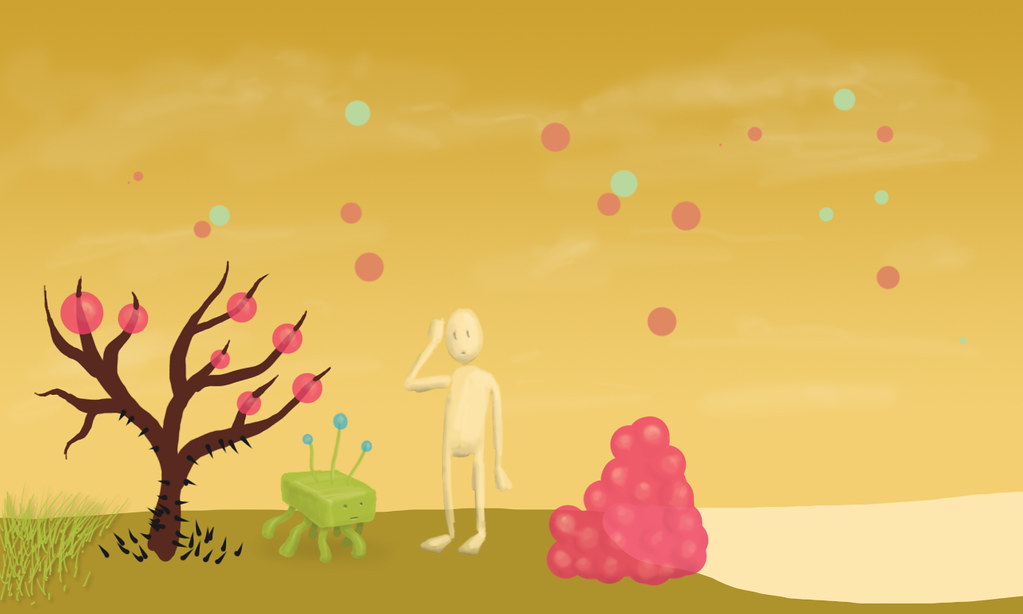Today’s rapid technological progress is undeniably transforming the world around us. As we navigate those changes, we are often faced with technologies that have the potential to impact our mental health and wellbeing in profound ways. One of the latest technologies with multiple implications for psychology and mental health are Augmented Reality (AR) and Virtual Reality (VR). The advances made in AR and VR open a whole new avenue for clinical psychology research, therapeutic treatment interventions, self-help and mindfulness promotion. However, the progress in AR and VR also poses various challenges and threats to the public’s mental health and wellbeing.
Definitions of AR and VR.
Before we begin our discussion of AR and VR and their impact on people’s psychological states, I would like to define what exactly these terms mean today. According to Chicchi Giglioli, Et al. (2015), AR is a system that can incorporate virtual elements in the real world environment or can technologically enhance the consumer’s perception of reality. In other words, AR is a tool that adds virtual contents to the physical realm.

VR, on the other hand, is more immersive. It transports the user in a fully artificial computer-generated environment (Bailenson, 2019). As opposed to AR, virtual elements aren’t introduced to add to the physical environment. VR rather blocks out the external world for a more complete immersive experience.

Though there is a distinction between the two, the rapid development of both technological systems have meaningful implications for clinical psychology and mental wellbeing. While the use of AR and VR can help treat psychological disorders and provide people a platform for relaxation and destressing, it also has the potential to worsen symptoms of anxiety, depersonalization and derealization, as well as cause a temporary condition called “cybersickness”.
Positive impacts of using AR and VR in psychology and health.
First and foremost, the advancement of AR and VR has positive implications for mental health and wellbeing by facilitating meditation practices and promoting mindfulness. Immersive experiences like AR and VR help reduce stress and treat anxiety due to making one feel as if they are in a different, often more pleasant, environment. According to Marley and Siani (2021), VR proved to be especially helpful for people’s mental health during the COVID-19 lockdown, when many people were isolated from others and quarantined in their own homes. At the time VR was widely used for recreational purposes, like socializing, playing games and meditation. During the time of forced lockdown VR helped manage the negative effects of social isolation on mental wellbeing (Marley and Siani, 2021) . In addition, numerous studies have shown that the use of VR facilitates relaxation, decreases mind wandering and improves focus and attention (Arpaia, P., Et al., 2021).
Exposure therapy.
On top of that, the progress that has been made in AR and VR technology promises great potential for clinical psychology and treatment of psychological disorders. According to Chicchi Giglioli, Et al. (2015), AR and VR are extremely helpful when it comes to treating different phobias through exposure therapy. More specific examples of phobias that can be treated using AR include fear of heights, cockroaches and spiders. AR exposure therapy is often based on one-session treatments, meaning that patients undergo one intensive session where they are exposed to their phobia for the duration of up to three hours (Chicchi Giglioli, Et al., 2015). For example, in one of the AR therapy studies a patient with a cockroach phobia was treated with the help of an AR device, also connected to a camera and a PC. The camera was used to detect movement of the patient’s head and matched them with the image of virtual cockroaches that the patient was perceiving. The therapist giving the treatment had full control over the number of virtual cockroaches appearing on the screen, how large they were and whether or not they moved. The exposure therapy session resulted in positive results, as the subject progressed from seeing to touching and finally killing virtual cockroaches (Chicchi Giglioli, Et al., 2015). The anxiety of the subject also decreased after an hour of exposure therapy, measured by a self-report method using a 10 point anxiety scale (where 0 was no anxiety and 10 was experiencing very high levels of anxiety). In result, the patient was able to approach, interact, and kill real cockroaches (Chicchi Giglioli, Et al., 2015)
Potential threats of AR and VR for health and wellbeing.
Though there are multiple potential benefits of AR and VR advancement for mental health, there are also a lot of dangers for people’s psychological wellbeing that we should be aware of. According to Spiegel (2017), one of the potential threats that VR advancement poses are depersonalization and derealization. Depersonalization means a feeling of detachment or unreality of a person’s own thoughts, feelings, actions, or experiences. The danger of depersonalization lies in the patient’s lack of their feeling of personal agency. This poses a threat to the person’s morality and introduces an ethical dilemma for the use of VR even for therapeutic purposes.

Derealization means a person’s feeling of detachment or unreality with respect to their surroundings.Regarding derealization symptoms, a feeling of living in one’s dream world is also a psychological condition and has its own social and ethical considerations.

According to Lundin, Et al. (2023), the use of AR and VR has the potential to worsen symptoms of posttraumatic stress disorder, anxiety and aggravate general fatigue.
Cybersickness.
On top of all that, the use of AR and VR in clinical psychology has other adverse effects, i.e. consequences that are unpleasant or harmful to the patient or seem that way to their clinician or family (Lundin, Et al., 2023). Symptoms include dizziness, nausea, tiredness and imbalance. These are called “cybersickness”, often negatively correlated with the subjective experience of “being present” in the VR generated surroundings. The hypotheses about why cybersickness occurs in the first place often refer to the mismatch between the two sensory systems used for motion detection (Lundin, Et al., 2023). When using a VR set, one’s visual system perceives motion in the virtual environment that they are immersed in; however since they aren’t actually moving in the physical space, their vestibular system doesn’t detect any motion. Studying cybersickness is extremely important, because this condition has the potential to negatively affect the patient’s emotional or physical states, thus limiting the success of the psychological treatment or intervention (Lundin, Et al., 2023).
Conclusions.
All in all, the advent of AR and VR technologies opens an exciting new avenue for clinical psychology and mental well-being. The appropriate use of AR and VR has the potential to treat psychological disorders, as well as provide a platform for meditation and relaxation. Though there are numerous benefits to the use of AR and VR, there are also challenges to be aware of. Possible risks include issues like depersonalization, derealization and worsening of symptoms of anxiety or posttraumatic stress disorder. A more common concern is experiencing cybersickness – a temporary condition that involves dizziness, nausea, tiredness or imbalance. Knowledge of those possible risks and threats suggests that we must navigate the use of AR and VR in psychology and wellbeing with great caution. Embracing change and taking advantage of innovation is important, but it’s also important to be responsible when using new technology. After all, there’s nothing more important in the world than our health and mental wellbeing.
References.
Arpaia, P., Et al. (2021). A narrative review of mindfulness-based interventions using virtual reality – mindfulness. SpringerLink. https://doi.org/10.1007/s12671-021-01783-6
Bailenson, J. (2019). Experience on demand: What virtual reality is, how it works, and what it can do. W.W. Norton & Company, Inc.
Chicchi Giglioli, I. A, Et al. (2015). Augmented Reality: A Brand New Challenge for the Assessment and Treatment of Psychological Disorders. Hindawi. https://doi.org/10.1155/2015/862942
Chainwit. (2018). Is this me mental disorder of looking. Wikimedia Commons. Retrieved from https://commons.wikimedia.org/w/index.php?curid=122547064.
Lundin, R. M., Et al. (2023). Adverse effects of virtual and Augmented Reality Interventions in Psychiatry: Systematic Review. JMIR Mental Health. doi: 10.2196/43240
Marley, S. A., & Siani, A. (2021). Impact of the recreational use of virtual reality on physical and mental wellbeing during the COVID-19 lockdown. Health and technology. https://doi.org/10.1007/s12553-021-00528-8
NASA Goddard Space Flight Center Follow. (2020). Exploring the Universe in Virtual Reality. flickr. Retrieved from https://www.flickr.com/photos/24662369@N07/49467767318.
Newman, B. (2006). Dream World. flickr. Retrieved from https://www.flickr.com/photos/51035594889@N01/175225004.
sndrv. (2010). Augmented Reality flashmob. flickr. Retrieved from https://www.flickr.com/photos/94549193@N00/4519088620.
Spiegel, J. S. (2017). The ethics of Virtual Reality Technology: Social hazards and public policy recommendations – science and engineering ethics. SpringerLink. https://doi.org/10.1007/s11948-017-9979-y